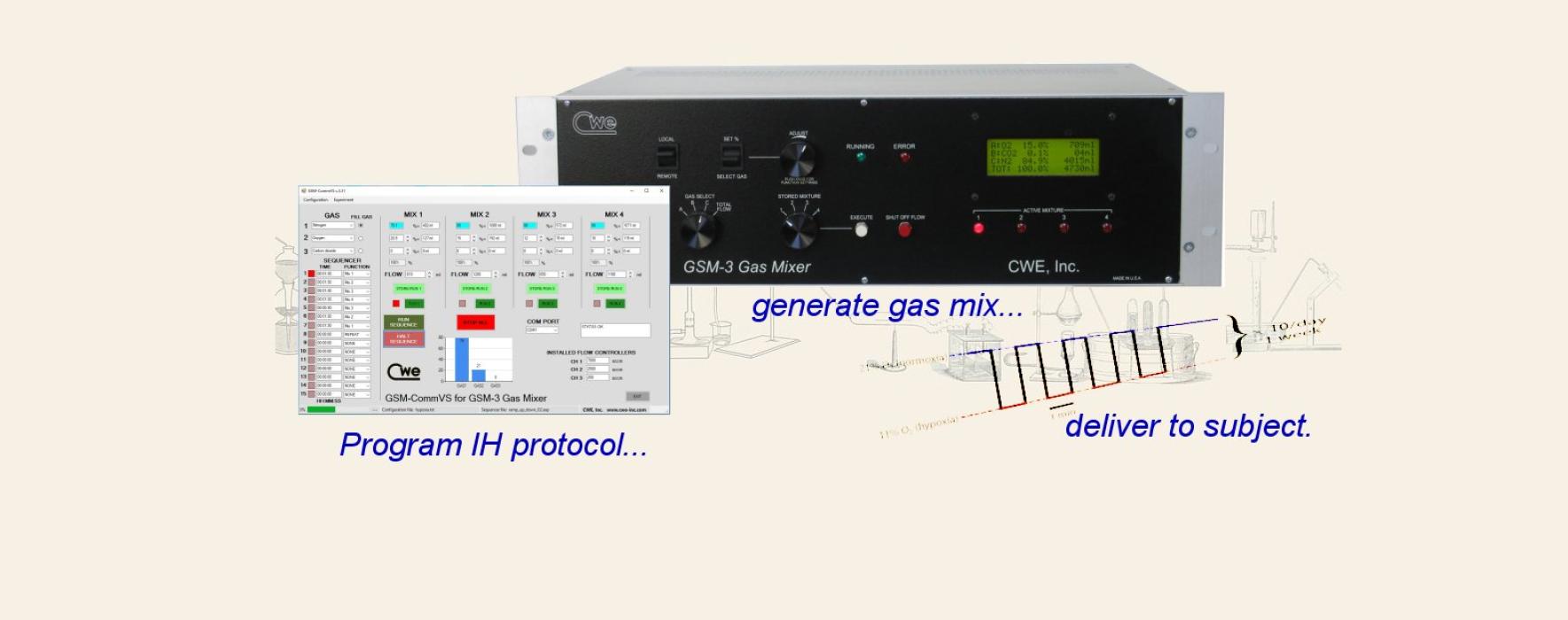
Intermittent hypoxia: from laboratory to therapy
Intermittent hypoxia (IH) has long been associated with pathologies such as OSA (obstructive sleep apnea) where periodic anatomical impairment of airflow results in a pattern of hypoxic episodes. This frequent exposure over years is definitely detrimental. However, IH has also long been used as a controlled training regimen for athletes and mountaineers attempting to pre-acclimatize to high altitude exposure. Whether IH is therapeutic or harmful apparently depends a good deal on the pattern of exposure.
Much recent work has been aimed at discovering the most beneficial treatment modality, involving the pattern and timing of IH delivery, and the most effective hypoxic gas concentrations. It is difficult to overstate the therapeutic potential of IH. While some more extreme claims seem suspect, a core of research is focused on the positive impact of low dose IH on motoneuron plasticity and function. This has been shown for both respiratory and non-respiratory motoneurons, and the consequent improvement in motor function. Obvious areas of study are spinal injuries or other pathologies impacting breathing or limb function.
Below are links to a few journal articles with a wealth of information on the history, application, and potential benefits of this intriguing field of research.
We at CWE are excited to be able to contribute to this research with our programmable gas blending tools such as the GSM-3 Gas Mixer, but also because this field has such great potential to translate to genuinely helpful therapies.
